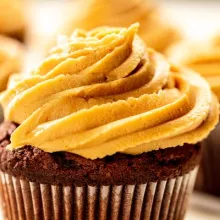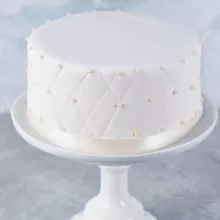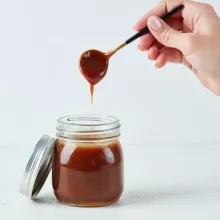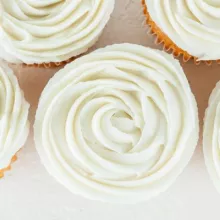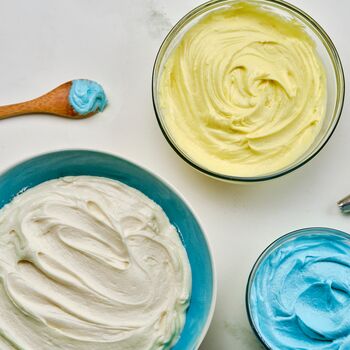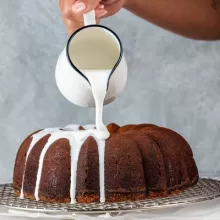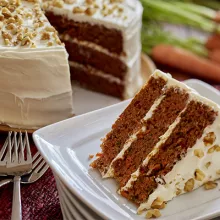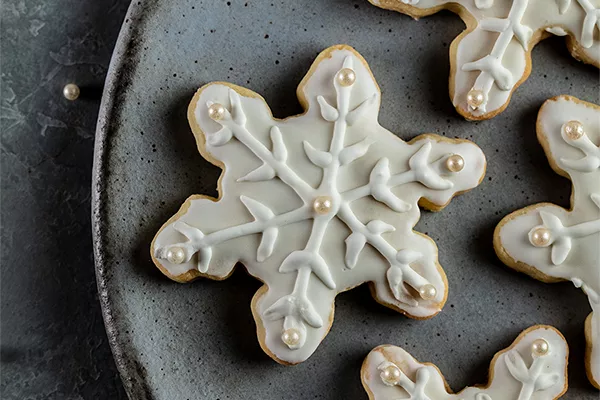Categories: | Frosting, Icing & Glazes
2 Ways to Decorate Cookies Using Royal Icing
Consistency is Key
When decorating cookies such as sugar cookies or gingerbread cookies, the consistency of your royal icing makes all the difference. Different bakers may use different guides for icing consistency, but we like two simple versions:
Piping Consistency
Piping Consistency should be stiffer and be the texture of toothpaste when squeezed through a piping tip. You can achieve piping consistency by adding more powdered sugar, 2 tablespoons at a time, to a soft peak frosting. Keep adding until the peaks in the frosting hold stiff on their own.
Flooding Consistency
Flooding Consistency is a looser consistency of icing, more like the thickness of honey. Make your royal icing according to the recipe, but then add water, 1 tablespoon at a time, until it drips from a spoon in a thick stream.
Prevent Royal Icing from Hardening
Since Royal Icing tends to harden quickly, re-mix it frequently. When you’re not working with it, keep it covered with plastic wrap.
When using Royal Icing with decorations, add decorations immediately after frosting, before the frosting “sets,” so decorations can adhere to icing.
Other Uses for Royal Icing
Outside of cookies, royal icing can also be used on cakes. To use on a cake, thin icing with water to reach a glaze consistency. Drizzle on cake; if you are frosting an entire cake, use two coats. Wait for first coat to dry before adding second.
Eye Catching Icing is Just a Click Away
We know you want your treats to stand out in the crowd. Good news - show stopping icing has never been easier. Download this handy chart with the food color ratios for the perfect icing color. You’ll find the latest color trends as well as some classic staples. So, have fun and get creative! Your treats will be as colorful as they are delicious.
Download


